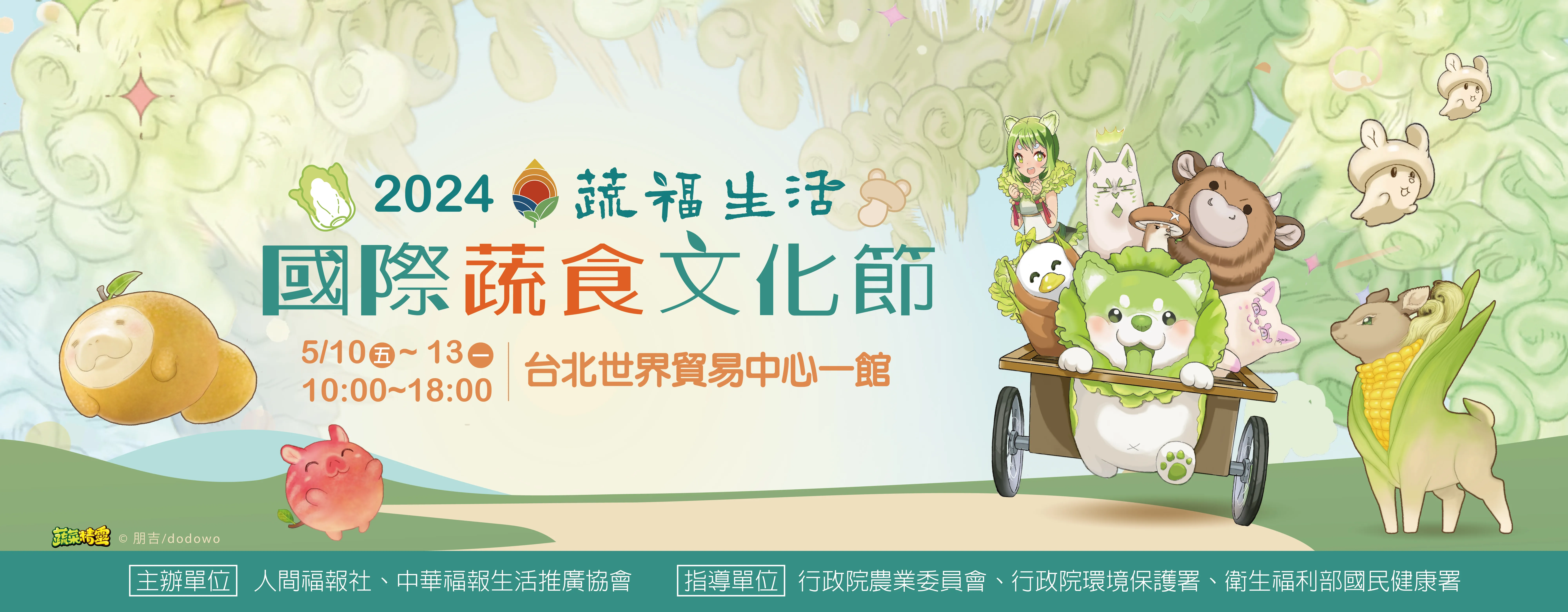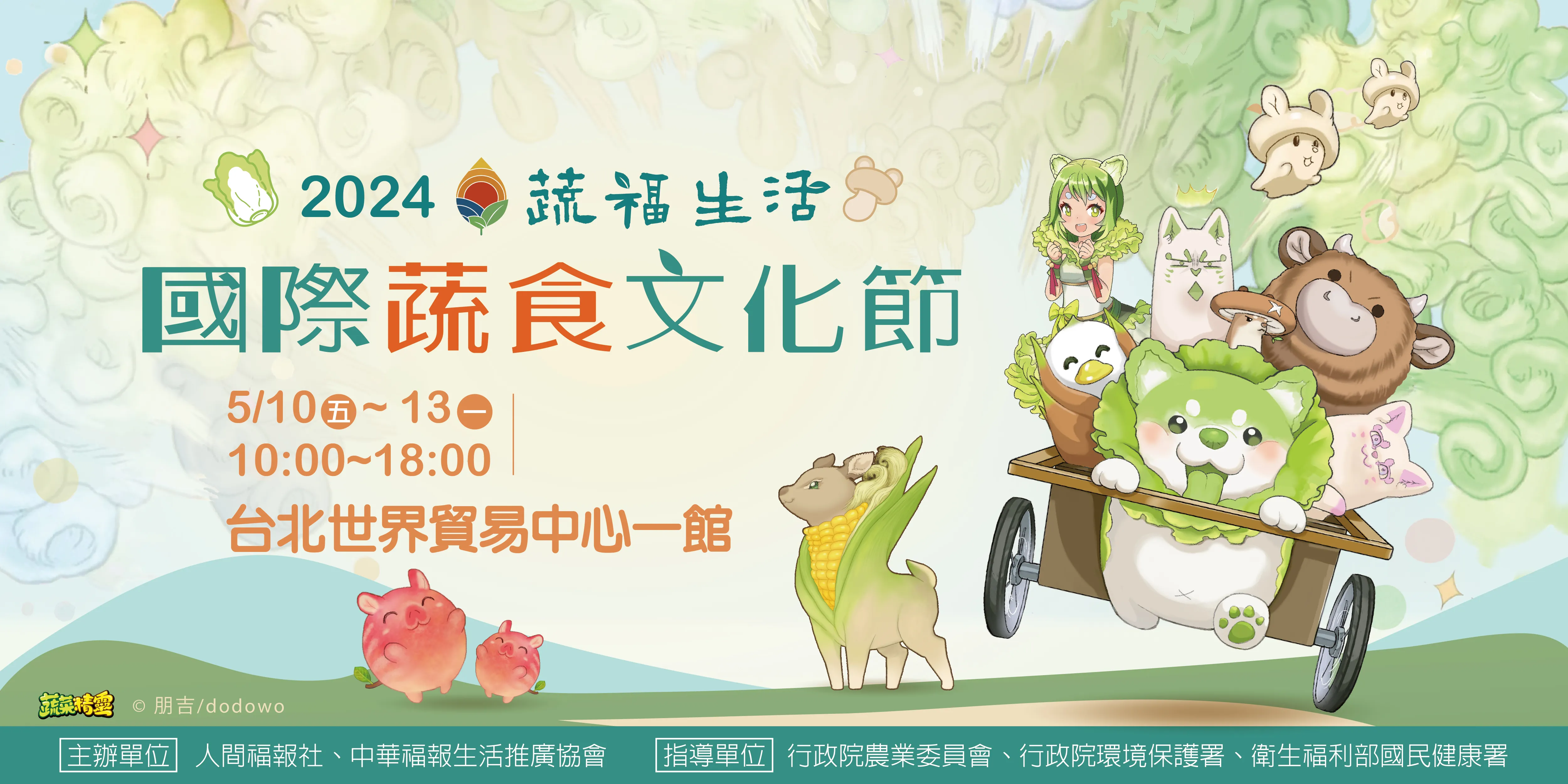


| 時代: | 宋末元初時期 (西元1241-1301) |
| 出土地點: | 傳世品 |
| 尺寸: | 高度:約60 cm 長度:約50 cm 寬度:約25 cm 重量:18,540 g |
| 質地: | 銅鎏金 |
| 數量: | 1 |
此件頭部比例較大,法像是鏤空天冠、中央較大,是遼金元時期法像髮冠特徵,髮髻高聳是宋朝法像特徵,臉型稍長偏V字臉,是南宋末和遼金元時期法像臉型,上半身呈倒三角狀,著輕薄天衣,腰間有腰帶繫住,上身瓔珞較簡單,下身衣裙上有標準南宋時期捲葉紋,捲葉尾部微尖,以蓮花點綴。觀世音菩薩以自在坐姿坐於獅子上,右手置於屈起的右膝上,左手掌心向上,左腳盤腿,獅子回首張嘴凝視觀世音菩薩。
The statue has a proportionally larger head. The sculpture features a hollowed-out celestial crown with a larger central section, which is a characteristic of the Liao, Jin, and Yuan dynasties. The tall topknot is a distinctive feature of Song Dynasty statues. The facial structure is slightly elongated, with a V-shaped face, reminiscent of the late Southern Song and Liao-Jin-Yuan period statues. The upper body forms an inverted triangle, draped in a lightweight celestial robe with a tied waist belt. The upper part of the body is less ornate, while the lower part of the robe displays the standard Southern Song period rolled leaf pattern, with slightly pointed ends and lotus motifs. Bodhisattva sits in a relaxed posture on a lion. The right hand rests on the bent right knee, and the left hand's palm faces upward. The left leg is crossed in a lotus position. The lion gazes back at Bodhisattva with an open mouth.
此法像青銅胎外先上一層護胎紅漆再鎏金,明中期至清朝和近代,已無上護胎漆之作法,青銅胎已經氧化為黑藍色,與清朝銅鎏金相比,胎體重,也和現代較死沉的銅胎不同,鎏金色澤偏深黃色,是宋末元初時期標準的鎏金方式與銅胎。此件鑄造方式是標準大型脫蠟法,局部有微細沙孔,紋飾細膩,與現代用鑄造範沙法製作,光身或紋飾較少的製作方式截然不同。此件法像鎏金因年代久遠已有百分之八十脫落,整體有老化包漿現象,手感溫潤。法像底盤遺失已久,內部有標準脫蠟範沙殘留物。
This bronze statue was coated with protective red lacquer before gilding, following a method that was no longer used from the mid-Ming period to the Qing Dynasty and modern times. The bronze base has oxidized over time, taking on a black-blue hue. Compared to Qing Dynasty gilded copper bases, it's relatively heavy, distinguishing it from the heavier modern copper bases. The gilding has a deep yellow hue, following the standard gilding technique of the late Song to early Yuan period. The statue was cast using the standard large-scale lost-wax casting technique, with localized sand holes. Its intricate patterns distinguish it from the casting methods that produce plain or sparsely decorated pieces. Due to its age, about 80 percent of the gilding has worn off, contributing to an overall patina of aging and lending the statue a warm and smooth texture. The statue's original base has been missing for a long time, and the interior still contains remnants of standard lost-wax casting materials.
